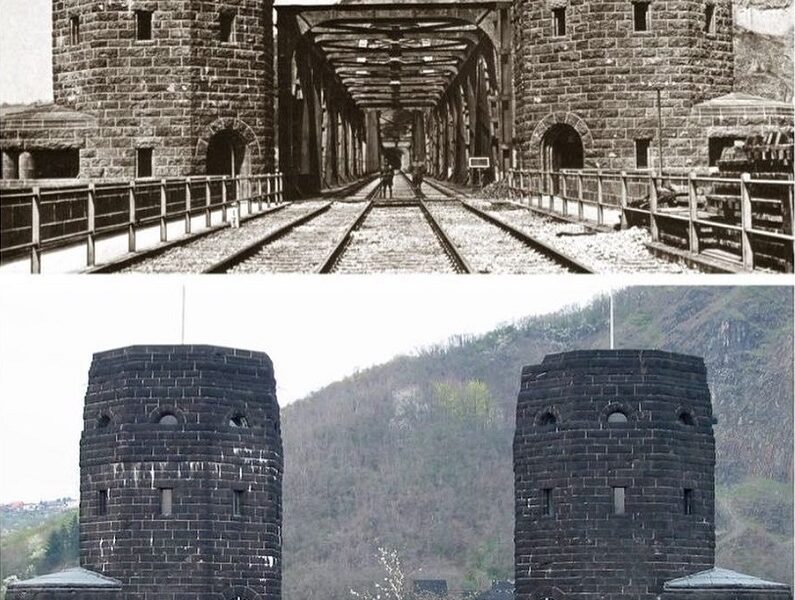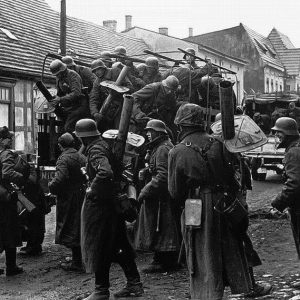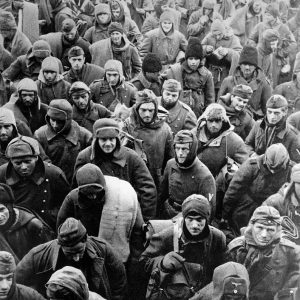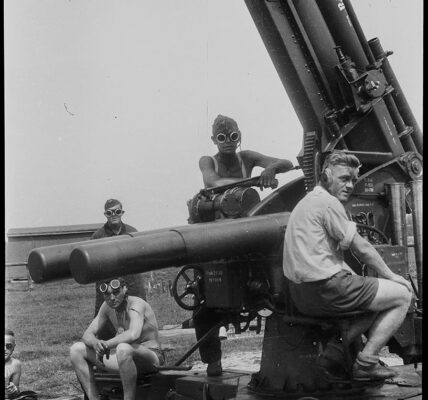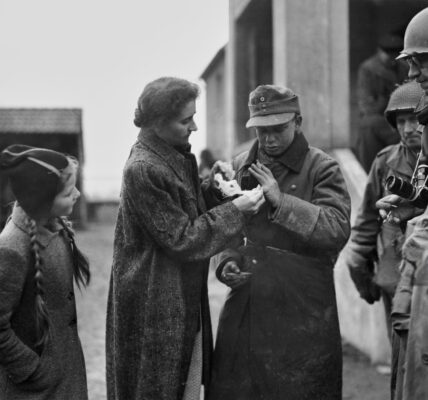
The Ludendorff Bridge then and now: A historical comparison
The Ludendorff Bridge in Remagen was an impressive structure built during World War I to provide German troops with a quick and safe crossing of the Rhine. With its robust steel construction and massive piers, it was a key point in the strategic infrastructure of the German Empire.

As World War II drew to a close, the bridge once again became the scene of dramatic events. In early March 1945, Allied troops were about to cross the Rhine. The German Wehrmacht had already blown up many bridges over the river to slow the enemy’s advance. But the Ludendorff Bridge was still standing when American troops unexpectedly reached Remagen on March 7, 1945. The Allies were surprised that the bridge was still intact, as it was one of the last remaining Rhine bridges that had not been destroyed.
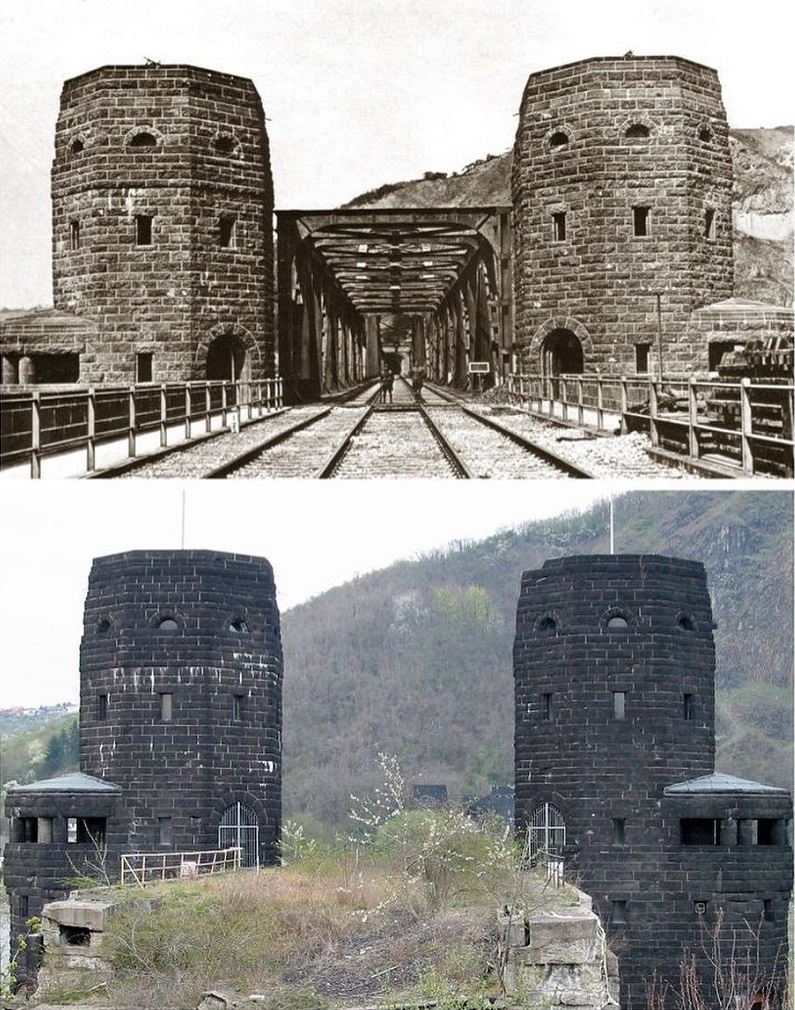
In a panic, the German troops attempted to blow up the bridge to prevent the Americans from using it. However, for various reasons, several explosive charges failed. This allowed the US troops to capture the bridge virtually intact. The significance of this unexpected capture was immense: the Allies could now move troops, vehicles, and supplies across the Rhine more quickly, significantly influencing the course of the war.
But the Germans refused to give up. They did everything they could to destroy the bridge and resorted to desperate measures. In addition to artillery shelling and acts of sabotage, they even used new weapons, including V2 rockets, to target the bridge. Combat divers also attempted to attach explosives to the bridge piers. Despite these massive efforts, the bridge remained standing for another ten days. However, on March 17, 1945, it finally collapsed, presumably due to the damage it had already sustained and the constant strain of the heavy traffic. By this time, however, the Allies had already moved several divisions across the river and established alternative crossing routes.
The fall of the Ludendorff Bridge was a symbolic turning point in World War II. Many historians agree that the capture of the bridge and the subsequent events precipitated the German surrender. The Allies were able to intensify their attacks on the heart of Germany and end the war in Europe much more quickly than would have been possible without the strategic bridge crossing.

Today, little remains of the once proud Ludendorff Bridge. The bridge piers still stand as memorials on both banks of the Rhine. No new structure was built in their place, but the Bridge Museum in Remagen keeps the memory of the dramatic days of 1945 alive. Visitors from all over the world come here to learn more about the Battle of the Bridge and its significance for the course of the war.
The story of the Ludendorff Bridge is a striking example of how a single structure can change the course of history. Its brief but decisive influence on the end of World War II makes it an important part of Europe’s military and historical memory.
